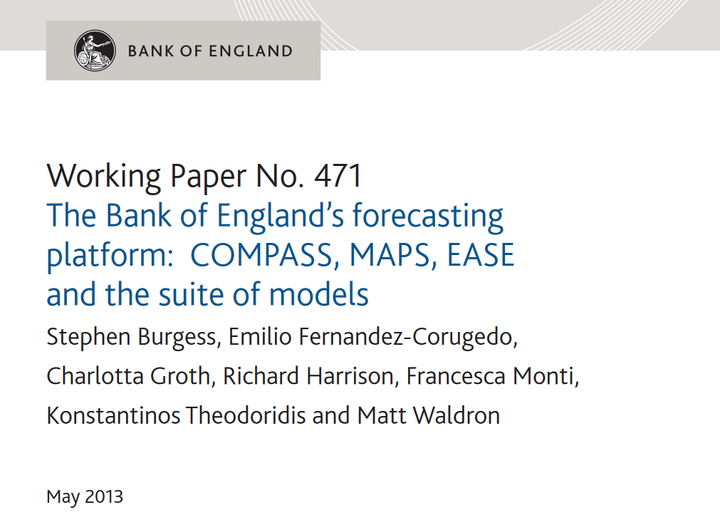To Change or not to Change: The Evolution of Forecasting Models at the Bank of England

Résumé
In this article, we document the way modellers navigate between modelling choices, based on (1) the modellers’ own dispositions, which depend on their training, their academic standards, and their integration in national or international professional networks; (2) the visions of policymakers and executives at different levels of the institution’s hierarchy; and (3) the model’s function, which is shaped by the institution’s organisation and mandates—any model has to be (at least partly) successful in the accomplishment of this function. We use as a case study the Bank of England and the different macroeconometric models developed within the Bank until the most recent one (COMPASS). This case study helps us to better understand the constraints to which modellers are submitted.